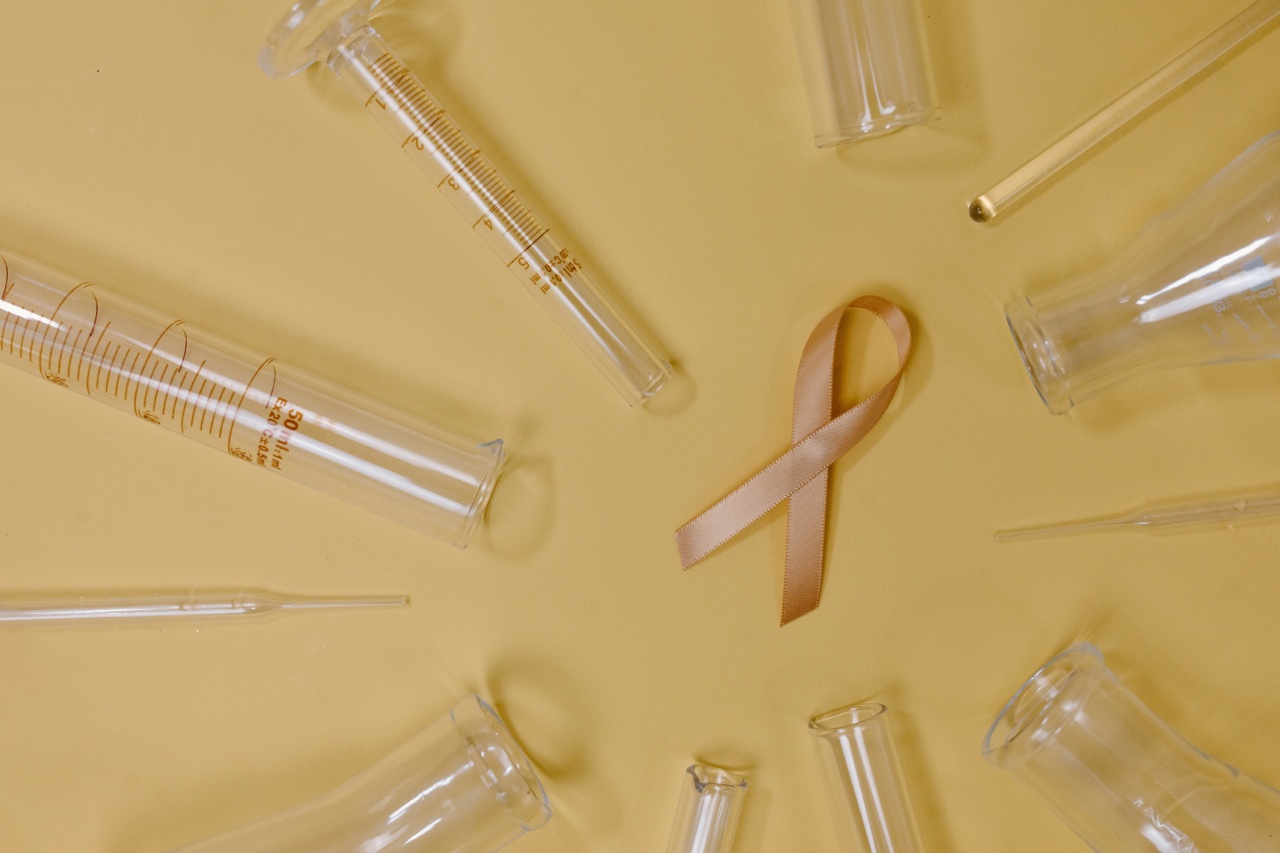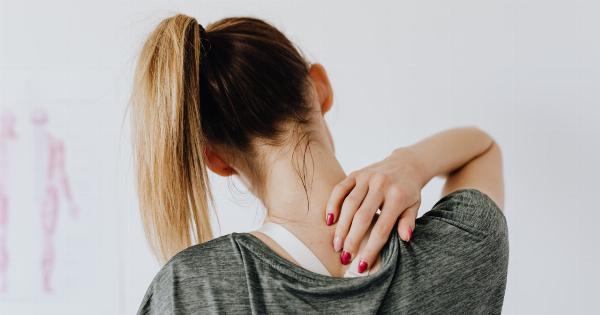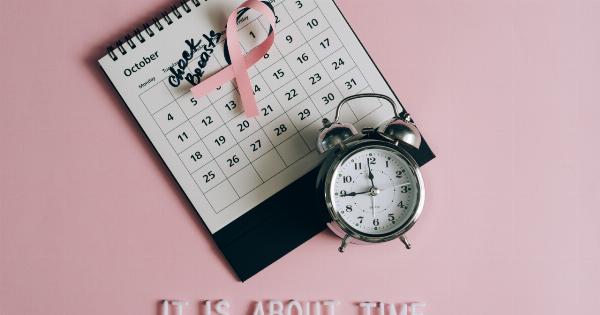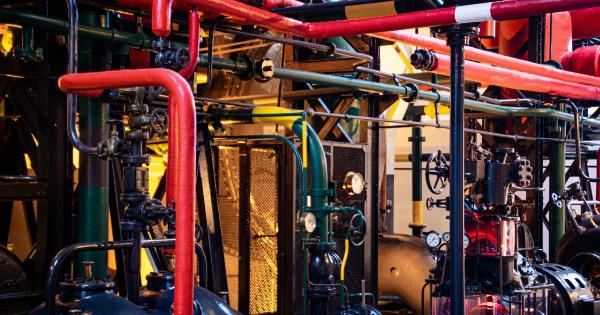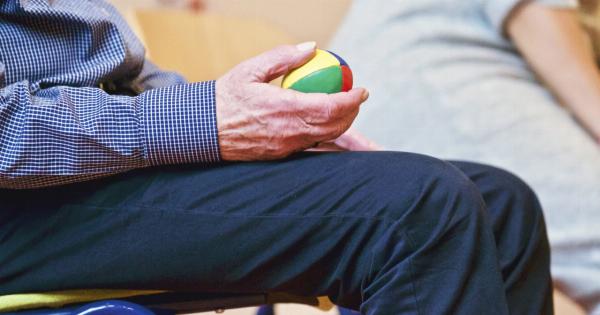October is Breast Cancer Awareness Month, a time to educate and empower women on the importance of early detection and prevention.
While certain risk factors for breast cancer, such as genetics and age, cannot be controlled, there are simple lifestyle changes you can make to reduce your risk. By adopting these habits, you can take charge of your health and lower the likelihood of developing breast cancer.
1. Maintain a Healthy Weight
Research has shown that obesity is linked to an increased risk of developing breast cancer, especially in postmenopausal women. Excess body fat can lead to increased estrogen levels, which can fuel the growth of breast cancer cells.
Therefore, it is crucial to maintain a healthy weight through a balanced diet and regular exercise.
2. Engage in Regular Physical Activity
Leading a sedentary lifestyle has been associated with an elevated risk of breast cancer. Exercise not only helps in weight management but also reduces estrogen levels and boosts the immune system.
Aim for at least 150 minutes of moderate-intensity aerobic activity or 75 minutes of vigorous activity each week. Incorporate activities that you enjoy, such as brisk walking, dancing, or swimming.
3. Limit Alcohol Consumption
Alcohol consumption has been consistently linked to an increased risk of breast cancer. Women who consume even moderate amounts of alcohol face a higher likelihood of developing breast cancer compared to non-drinkers.
If you choose to drink alcohol, limit your intake to no more than one drink per day.
4. Quit Smoking
Smoking is a known risk factor for various types of cancer, including breast cancer. Research suggests that smoking may increase the risk of developing breast cancer, particularly in premenopausal women.
Quitting smoking not only reduces your risk of breast cancer but also improves your overall health.
5. Breastfeed if Possible
Mothers who breastfeed have a lower risk of breast cancer. The longer the duration of breastfeeding, the greater the protective effect.
Breastfeeding may help reduce estrogen levels and prevent the overstimulation of breast cells, reducing the risk of cancer development.
6. Perform Regular Breast Self-Exams
Regular breast self-exams are essential for detecting any changes in your breasts. Familiarize yourself with how your breasts normally look and feel, and promptly report any abnormalities to your healthcare provider.
Early detection can significantly increase the chances of successful treatment.
7. Schedule Regular Clinical Breast Exams
In addition to self-exams, visit your healthcare provider for regular clinical breast exams. These exams are performed by trained professionals who can detect any signs or symptoms that may require further investigation.
Depending on your age and risk level, your healthcare provider may recommend a clinical breast exam every one to three years.
8. Undergo Regular Mammograms
Mammograms are important for the early detection of breast cancer. Women aged 40 and above are advised to undergo mammograms every one to two years, while women at higher risk may require more frequent screenings.
Talk to your healthcare provider about the appropriate screening schedule for you.
9. Know Your Family History
Having a close relative, such as a mother, sister, or daughter, who has had breast cancer, increases your risk. It is crucial to know your family history and inform your healthcare provider.
Depending on the level of risk, additional screenings or genetic testing may be recommended.
10. Reduce Exposure to Hormone Replacement Therapy
Hormone replacement therapy (HRT) used to manage menopausal symptoms may increase the risk of breast cancer. If you are considering HRT, discuss the potential risks and benefits with your healthcare provider.
If possible, explore non-hormonal alternatives.
